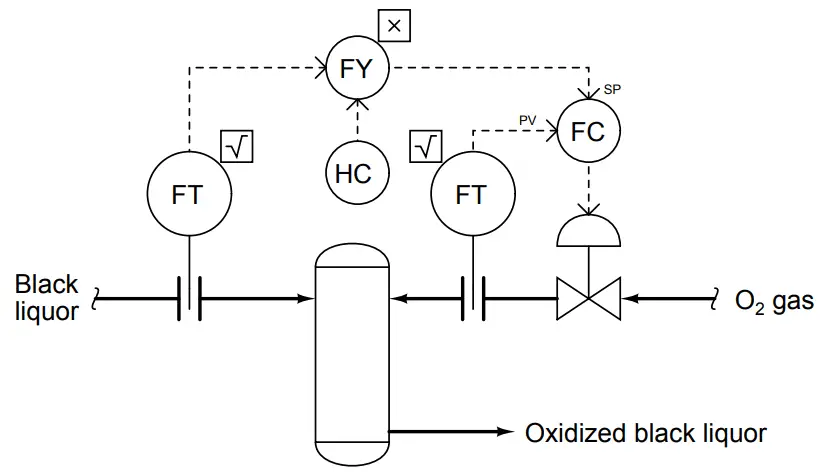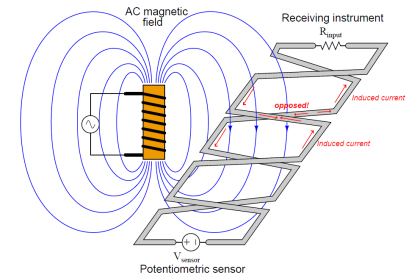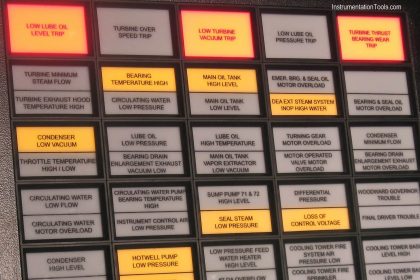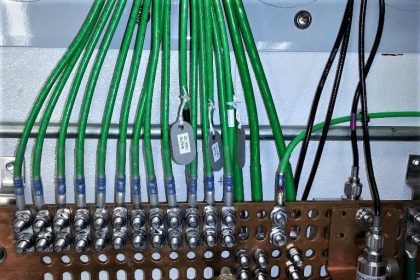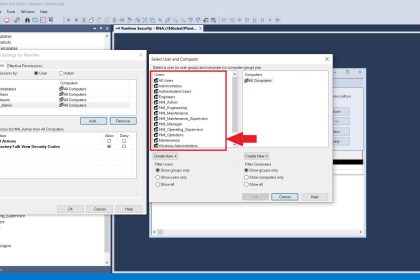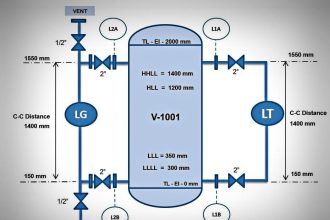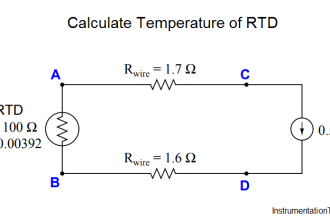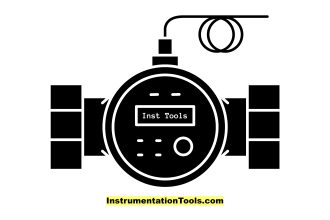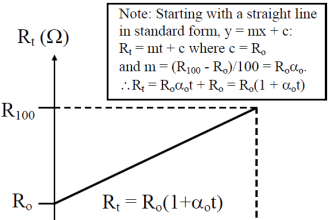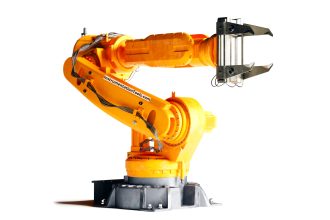A byproduct of the kraft process used in the paper industry for turning wood chips into pulp is a liquid called black liquor. This liquid contains many volatile sulfur compounds such as hydrogen sulfide (H2S) and mercaptans, both of which are strongly scented, and if released to the atmosphere will constitute a hazardous (or at least strongly objectionable) emission.
Ratio Control
Loss of volatile sulfur compounds also constitutes a loss of sulfur, which is a raw material in the kraft pulping process. These sulfur compounds may be stabilized for less volatility and easier recovery by a process of oxidation: exposing the black liquor to pure oxygen gas. To minimize consumption of oxygen, the gas flow is metered proportionately to liquor flow:
Explain how this is an example of ratio control, and identify the following about the system:
1. Which flow stream is the “wild” flow?
Answer: The black liquor flow.
2. What safety hazards accompany the use of pure oxygen as a process stream?
Answer: Any and all flammable materials must be kept out of the oxygen piping and valving!
3. Which flow stream is the “captive” flow?
4. What is the purpose of the “hand controller” (HC)?
5. What factor(s) dictate the setting of the hand controller’s output?
6. Identify some hazards associated with this process, given the types of substances going in and out of the reactor.
7. For those who have studied flow measurement, explain the significance of the “square root” symbols attached to each flow transmitter.
8. Explain what would happen in this process if the liquor flow transmitter failed with a low signal.
9. Explain what would happen in this process if the liquor flow transmitter failed with a high signal.
10. Explain what would happen in this process if the oxygen flow transmitter failed with a low signal.
11. Explain what would happen in this process if the oxygen flow transmitter failed with a high signal.
12. Explain what would happen in this process if the control valve failed fully shut.
13. Explain what would happen in this process if the control valve failed wide-open.
Join the Discussion! Share your answers with us through below comments section.
Read Next:
- Flow Transmitter Rangeability
- Types of Interlocks
- What is an Annunciator Panel?
- Functional diagrams
- Laminar Flow Meter
